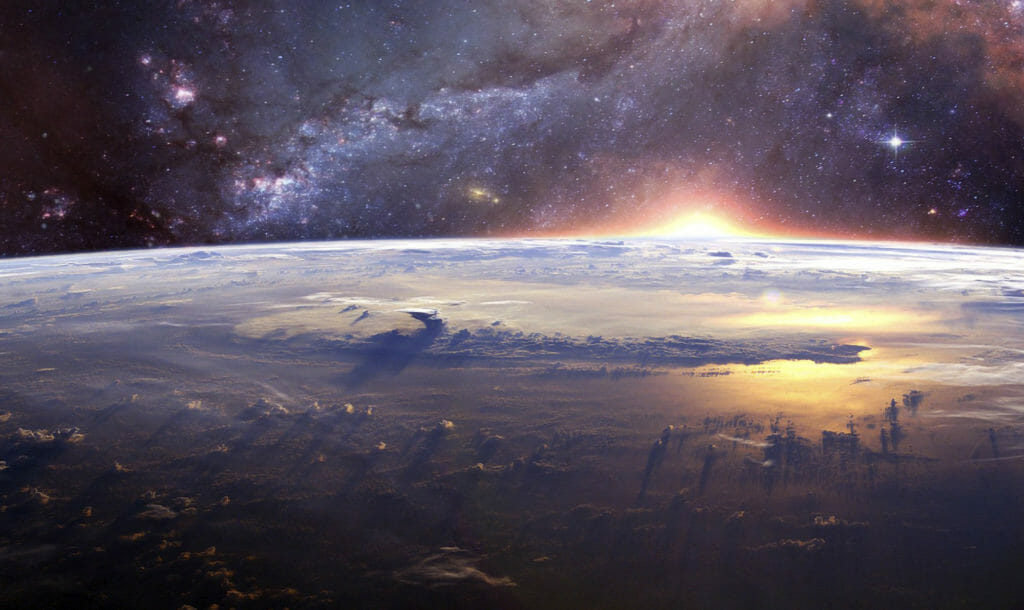Whichever way you look at it, 2020 is a year that has strained our relationship with the future like never before. And unless we rethink this relationship, we could be heading for a catastrophic breakup that will ultimately serve no-one.
As I write, we’re caught up in a perfect storm of political turmoil, social injustice, and a devastating global pandemic. And it feels like we’re drowning.
These are all symptoms of deeper tensions between our collective ability to influence and change the future, and our capacity to do this effectively. And they’re tensions that will only be resolved by re-evaluating our relationship with the future and our responsibility to it.
Closing the Gap between Ability and Responsibility
Within the ASU College of Global Futures, my work cuts across boundaries to better understand the complex relationship between past and future. And I’m deeply aware of how hard it is to ensure that social, technological and political advances don’t end up causing more harm than good.
Climate change, driven by our technological recklessness is, of course, a stark reminder of this. But so are the everyday injustices that millions of people face that arise from ill-considered political decisions and poorly thought-through good intentions, to technologies that cause more harm than good.
Sadly, while we can recode DNA, design new materials atom by atom, and create machines that may one day surpass human intelligence, we are still remarkably adept at preventing all too many people from reaching the futures they aspire to.
The cold, hard truth is that, if we are to learn to use our immense capabilities more responsibly, we need to better-understand our relationship with the future, and our individual and collective roles in ensuring that what comes next is better than the past.
A Journey from the Past to the Future
It’s this relationship that is at the heart of my book Future Rising: A Journey from the Past to the Edge of Tomorrow. This is a book that takes readers on a journey that starts with the Big Bang and the formation of the universe, and leads them through the emergence of humans as a species with the self-awareness, creativity and intelligence to imagine and create alternative futures.
It’s a journey that blends and layers overlapping ideas to reveal humans as quite amazing architects of the future who, for all of our flaws, have the ability to imagine, design and build a tomorrow that previous generations could barely dream of.
Yet it is also a journey with a dark side, as these selfsame abilities enable us to rob others of the futures they aspire to. And it’s one challenges us to think and act differently if we’re serious about creating a future where everyone has the opportunity to thrive.
Finding the Threads of Hope
As with human relationships, this will not be easy. Yet if we better-understand how the intertwined threads that define who we are come together to make us supremely talented architects of the future, we can learn how to be better architects of that future.
These threads reflect our imagination, our understanding, and our inventiveness. They also capture our very humanity—our beliefs, our desires, our joys and our fears, our eccentricities and irrationalities, and our ability to see and feel the world through the eyes of others.
What emerges is a picture that has the power to reveal sometimes-startling new pathways forward toward a brighter future.
Of course, sitting here at the tail end of 2020, it’s easy to lose hope. Yet the immediate crises we’re facing will pass. And as they do, we have the opportunity and the capacity to work together toward a future that is more just, vibrant, sustainable, and full of promise. And of course, this is what we strive to do in the College of Global Futures.
But this is an opportunity that we risk letting slip through our fingers unless we start now on rethinking our relationship with that future, and our responsibility to it.
